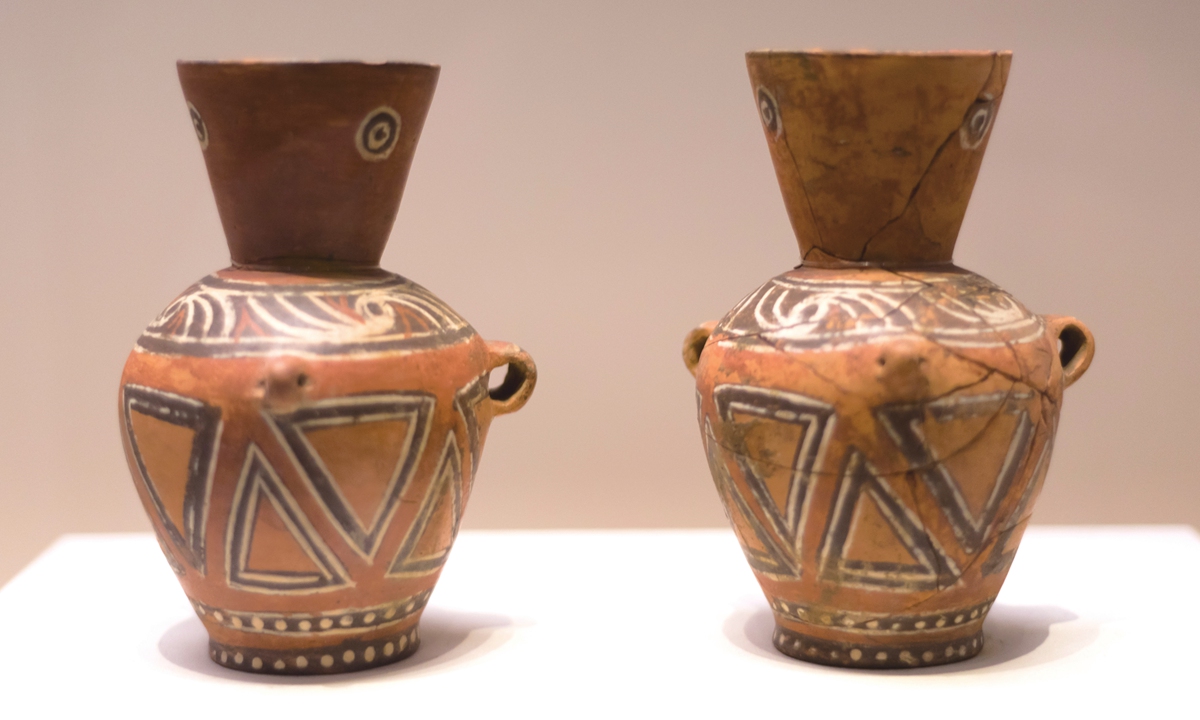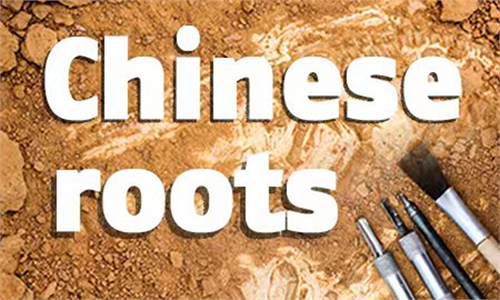
Dawenkou Culture pottery Photo: IC
Dawenkou Culture: rise of patriarchal society, pig farming and white potteryIn March 2021, archaeologists found the ruins of a city that cover an area of more than 400,000 square meters, making it the largest ancient Chinese city ruins east of Taishan Mountain in Shandong Province. It is also famous for being the largest center of Dawenkou Culture in China.
A Neolithic culture distributed in the lower reaches of the Yellow River, the Dawenkou Culture can be traced back to 6,500 to 4,500 years ago.
In previously excavated tombs from the Dawenkou Culture, archaeologists have found joint burials of husbands and wives with their children and single male burials, which marks the transition from a matriarchal society to a patriarchal one.
Among the burial objects, men have been buried with tools for production, while women with household utensils. The remains of animals such as pigs and dogs have also been found. The amount of buried items in each tomb differs a great deal, reflecting the polarization of the rich and the poor at that time. During the late Dawenkou Culture era, most burial objects were entombed with men.
In the latest excavation in 2021, the more than 400,000-square-meter area is divided into north and south areas. The residences in the north area are mostly square with well-proportioned layouts.
And in the cemetery area of the city ruins, archaeologists found neatly laid out burials for single persons and couples.
Additionally, unearthed funerary objects, including crocodile bone slabs, jade wares, stick-shaped bone wares and pottery drums, all of which highlight the early ritual system and hierarchy of the Dawenkou Culture.
In addition, the discovery of pigs as burial items shows that pig farming was very prosperous at the time.
Fishing and hunting tools made from stone and bone and the remains of wild animals indicate that people at the time had the ability to capture large and ferocious animals.
One of the elements worth noticing is the culture's pottery craftsmanship, which produces wares with complicated patterns and colors. Additionally, clean white pottery utensils represent the highest level of ancient pottery craftsmanship in China and even the world.
Global Times

